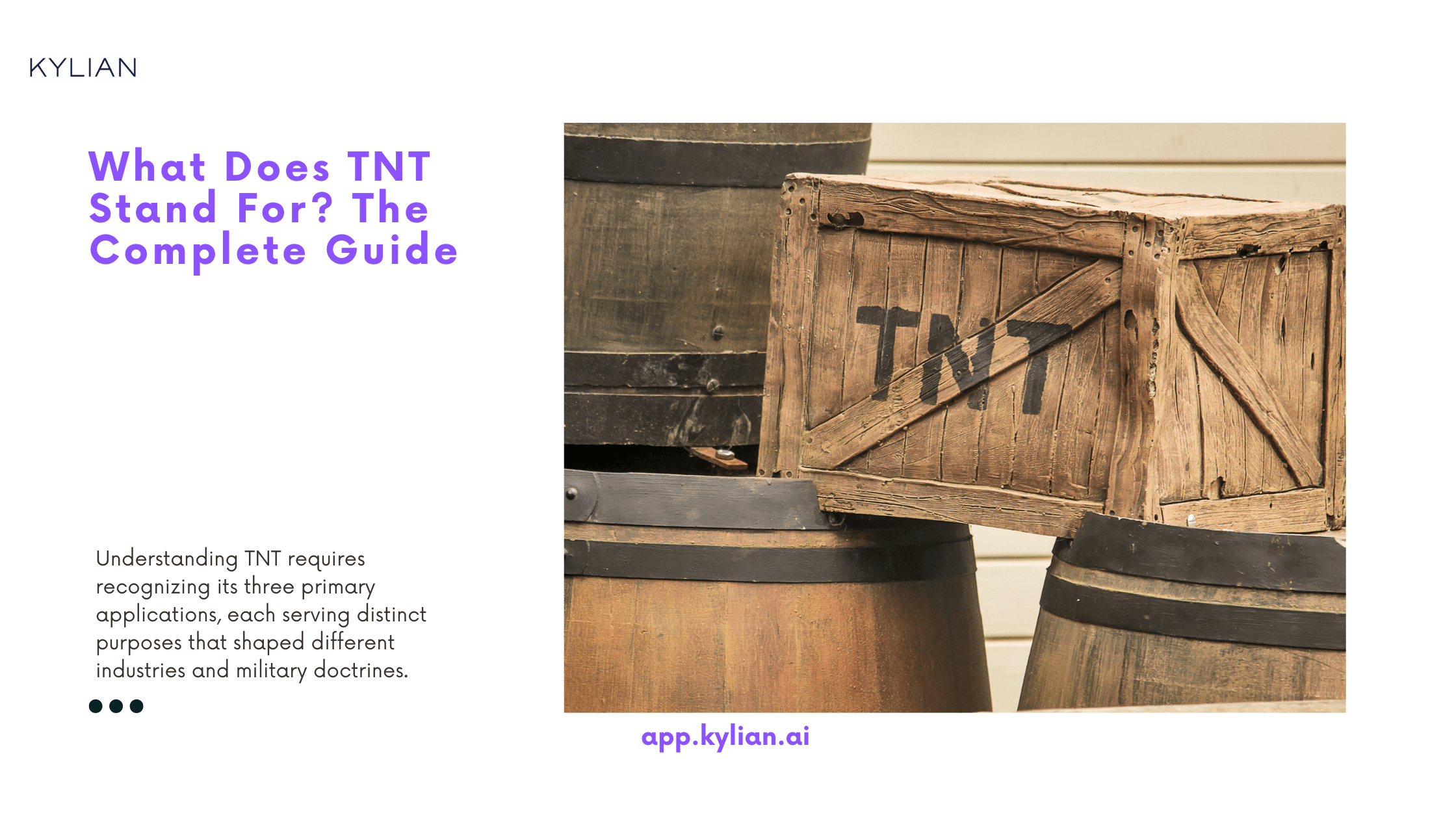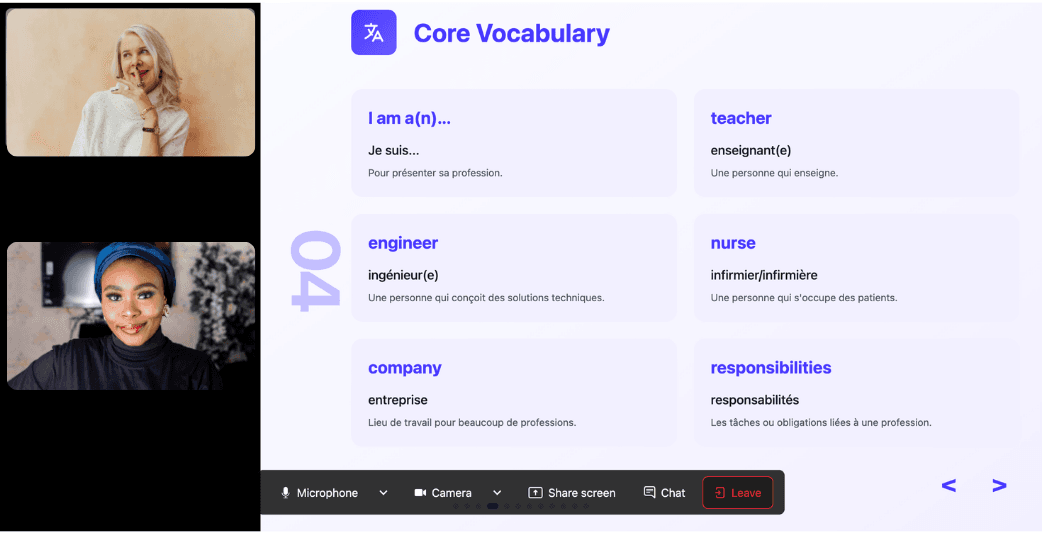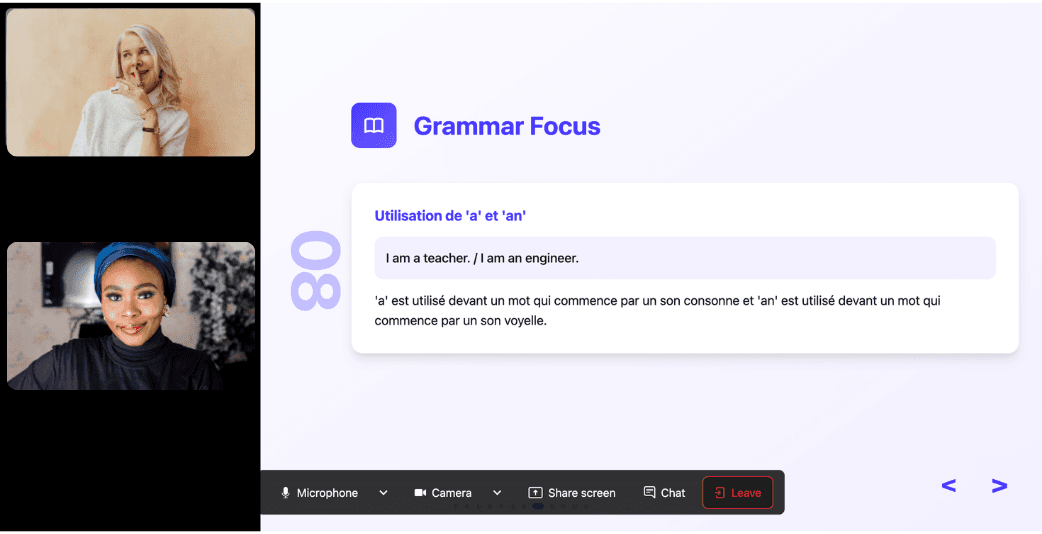What Does TNT Stand For? The Complete Guide

Written by
Ernest Bio Bogore

Reviewed by
Ibrahim Litinine

You've encountered the abbreviation TNT countless times—whether in action movies, news reports about mining operations, or historical documentaries about warfare. Yet many people remain unclear about what TNT actually represents and why this particular explosive compound became so universally recognized that its acronym transcended its original context.
TNT stands for Trinitrotoluene, a chemical explosive compound that revolutionized both military operations and industrial applications when it was first synthesized in 1863 by German chemist Julius Wilbrand. Originally developed as a yellow dye, TNT's explosive properties weren't discovered until 1891, and it didn't become widely used as an explosive until the early 1900s. This delayed recognition fundamentally altered how we measure explosive power—TNT equivalence became the global standard for quantifying explosive force, making it far more than just another military acronym.
In What Context Is TNT Used?
Understanding TNT requires recognizing its three primary applications, each serving distinct purposes that shaped different industries and military doctrines.
Military and Defense Applications represent TNT's most historically significant use. Military forces adopted TNT because of its remarkable stability—unlike other explosives of its era, TNT could be melted and poured into artillery shells without premature detonation. This property made it invaluable during World War I and World War II, where TNT-filled shells became standard ammunition. Modern military applications extend beyond traditional warfare, encompassing controlled demolitions of enemy infrastructure and specialized munitions for specific tactical requirements.
Industrial and Mining Operations constitute TNT's second major application domain. The mining industry relies on TNT for ore extraction, particularly in hard rock mining where other explosives prove insufficient. Construction companies use TNT for controlled demolitions of large structures, though safety regulations have become increasingly stringent. The quarrying industry depends on TNT for extracting building materials, where precise explosive control determines both safety outcomes and material quality.
Scientific and Measurement Standards represent TNT's most intellectually significant contribution. The scientific community adopted "TNT equivalent" as the universal measurement standard for explosive power. When nuclear weapons were developed, their destructive capacity was measured in "kilotons" and "megatons" of TNT equivalent—establishing a measurement system that persists today. This standardization allows researchers, military analysts, and safety engineers to communicate explosive power across different technologies and applications with precision.
The distinction between these contexts matters because TNT's role varies dramatically. Military applications prioritize stability and controlled detonation timing. Industrial applications emphasize predictable fragmentation patterns and environmental safety. Scientific applications focus on TNT's consistent energy release, which provides a reliable measurement baseline.
How to Use TNT Like a Professional: Technical Structure and Applications
Professional TNT usage demands understanding both its chemical properties and proper handling protocols. This knowledge separates trained professionals from dangerous amateurs.
Chemical Composition and Properties form the foundation of professional TNT knowledge. Trinitrotoluene contains three nitro groups (-NO₂) attached to a toluene molecule, creating a compound with the chemical formula C₇H₅N₃O₆. This structure produces an explosive with a detonation velocity of approximately 6,900 meters per second and a density of 1.654 grams per cubic centimeter. These specific properties determine how professionals calculate explosive charges for different applications.
Safety Protocols and Handling Procedures represent the most critical aspect of professional TNT usage. Licensed explosive handlers follow strict protocols that include temperature monitoring (TNT melts at 80.35°C), proper storage in temperature-controlled environments, and adherence to quantity-distance tables that specify minimum safe distances based on explosive quantities. Professional applications require specialized training certifications that vary by jurisdiction but universally emphasize safety procedures that prevent accidental detonation.
Calculation Methods for Explosive Force enable professionals to determine appropriate TNT quantities for specific tasks. Engineers use the TNT equivalence formula to convert other explosive materials into TNT equivalent weights, allowing standardized calculations across different explosive types. For controlled demolitions, professionals calculate the explosive force needed based on structural materials, building dimensions, and desired fragmentation patterns.
Detonation Control Systems represent the technological interface between TNT and professional applications. Modern detonation systems use electric blasting caps, delay timers, and sequential firing patterns to control when and how TNT detonates. Professional demolition projects often require millisecond-precise timing to ensure structures collapse in predetermined directions without damaging surrounding buildings.
Four Alternatives to TNT for More Specialized Applications
Professional explosive users recognize that TNT, despite its historical significance, isn't always the optimal choice for every application. Modern alternatives offer superior performance for specific use cases.
PETN (Pentaerythritol Tetranitrate) provides significantly higher explosive power than TNT, with a detonation velocity of 8,350 meters per second compared to TNT's 6,900 meters per second. Military applications favor PETN for shaped charges and armor-piercing munitions where maximum explosive force in minimal space is required. However, PETN's higher sensitivity to shock and friction makes it more dangerous to handle than TNT.
C-4 (Composition C-4) offers superior stability and moldability compared to TNT. This plastic explosive can be shaped by hand, cut with knives, and even burned without exploding (though this isn't recommended). Military and demolition professionals prefer C-4 for precision work where explosive placement flexibility is crucial. C-4's consistent performance across temperature ranges makes it more reliable than TNT in extreme environmental conditions.
ANFO (Ammonium Nitrate/Fuel Oil) provides a cost-effective alternative for large-scale mining operations. Mining companies use ANFO because it's significantly cheaper than TNT while providing adequate explosive power for ore extraction. The 1995 Oklahoma City bombing unfortunately demonstrated ANFO's destructive potential, leading to increased regulation of ammonium nitrate sales.
RDX (Research Department Explosive) delivers higher explosive yield than TNT while maintaining reasonable stability. Military applications use RDX in artillery shells and missile warheads where maximum destructive power is required. RDX forms the explosive base for many modern military munitions, though its higher cost limits civilian applications.
Each alternative serves specific niches where TNT's properties prove inadequate. The choice between explosives depends on factors including cost, required explosive power, handling safety, environmental conditions, and regulatory restrictions.
How to Use TNT in Professional and Academic Scenarios
Real-world TNT applications span diverse scenarios that require different approaches and considerations. Understanding these contexts helps clarify why TNT remains relevant despite newer alternatives.
Military Ordnance Development Scenario: Defense contractors developing new artillery systems must calculate TNT equivalencies to ensure their munitions meet military specifications. For example, when designing a 155mm artillery shell, engineers determine that 6.35 kilograms of TNT filling provides the required explosive effect for the shell's intended purpose. This calculation involves considering the shell's steel casing thickness, fragmentation patterns, and target effectiveness requirements. The contractor must also ensure the TNT filling can withstand the acceleration forces during artillery firing without premature detonation.
Mining Operation Planning Scenario: A copper mining company planning an ore extraction blast must calculate precise TNT quantities to fracture rock formations without causing ground instability. Mining engineers determine that 2.3 tons of TNT equivalency is required to extract 50,000 tons of ore from a specific geological formation. This calculation considers rock hardness, blast hole spacing, timing sequences, and proximity to existing mine infrastructure. The mining operation also requires environmental impact assessments to ensure blast vibrations don't damage nearby structures or disturb local communities.
Academic Research Scenario: Nuclear physics researchers studying fusion reactions use TNT equivalency to quantify experimental energy releases. When analyzing a experimental fusion reaction that released 2.1 × 10¹⁴ joules of energy, researchers calculate this equals approximately 50 tons of TNT equivalency. This measurement allows comparison with other fusion experiments and helps determine progress toward practical fusion energy applications. The TNT equivalency provides a universally understood reference point for communicating research results to both scientific peers and funding agencies.
Historical Analysis Scenario: Military historians analyzing World War II bombing campaigns use TNT equivalency to compare different weapons' destructive capabilities. When studying the effectiveness of Allied bombing raids, historians calculate that a typical B-17 Flying Fortress carried approximately 2.7 tons of TNT equivalency in various bomb configurations. This analysis helps historians understand tactical decisions, resource allocation, and strategic effectiveness of different bombing approaches during the war.
These scenarios demonstrate TNT's continued relevance across professional disciplines. Each application requires specialized knowledge, proper authorization, and adherence to safety protocols that vary by industry and jurisdiction.
Common Mistakes to Avoid When Dealing with TNT
Professional TNT handling requires avoiding critical errors that can result in catastrophic consequences. These mistakes occur frequently enough to warrant specific attention.
Improper Storage Temperature Management represents one of the most dangerous mistakes. TNT becomes unstable when stored above its melting point of 80.35°C (176.63°F), yet many untrained handlers fail to maintain proper storage temperatures. For example, storing TNT in direct sunlight or poorly ventilated spaces can cause temperature fluctuations that increase detonation risk. Professional storage requires climate-controlled environments with continuous temperature monitoring and automatic alerts when temperatures approach dangerous levels.
Incorrect TNT Equivalency Calculations lead to either insufficient explosive effect or dangerous over-loading. A common mistake involves failing to account for confinement factors when calculating required explosive quantities. For instance, calculating TNT requirements for underground mining operations requires different formulas than surface demolitions because underground confinement amplifies explosive effects. Using surface calculation methods for underground applications can result in excessive explosive force that damages mine infrastructure or causes dangerous ground instability.
Inadequate Safety Distance Protocols cause unnecessary risk exposure during TNT operations. Many accidents occur because personnel fail to maintain appropriate distances based on explosive quantities and environmental factors. Professional guidelines specify minimum safe distances using quantity-distance tables, but inexperienced handlers often underestimate required distances or fail to account for factors like building structures that can channel blast effects. For example, a 500-kilogram TNT detonation requires minimum evacuation distances of 366 meters for personnel, but buildings or terrain features can require increased distances.
Mixing TNT with Incompatible Materials creates unpredictable chemical reactions that can cause spontaneous detonation. Common mistakes include storing TNT near acids, metals that can create sparks, or other explosive materials that might interact chemically. Professional explosive storage follows strict compatibility guidelines that prevent different explosive types from interacting even during storage fires or other emergency situations.
Understanding these mistakes is crucial because TNT handling errors often have irreversible consequences. Professional training programs emphasize these error categories because they represent the most frequent causes of explosive accidents in both military and civilian applications.
TNT's Historical Evolution and Modern Relevance
TNT's development trajectory reveals why this particular explosive became the global measurement standard and maintained relevance despite technological advances.
The transformation from yellow dye to revolutionary explosive occurred through systematic scientific investigation rather than accidental discovery. Julius Wilbrand's original 1863 synthesis aimed to create industrial dyes for the growing textile industry. The explosive properties remained unknown until 1891 when other chemists investigating nitrated aromatic compounds discovered TNT's potential. However, military adoption didn't occur until 1904 when the German Army began using TNT for artillery shells, recognizing its superior stability compared to picric acid and other contemporary explosives.
World War I established TNT as the preeminent military explosive. Artillery bombardments consumed unprecedented quantities—the Battle of Verdun alone involved over 40 million artillery shells, many filled with TNT. This massive scale production created industrial expertise that persisted into civilian applications after the war. Mining companies, construction firms, and quarrying operations adopted TNT because military production had driven down costs and improved manufacturing processes.
The nuclear age paradoxically reinforced TNT's importance rather than diminishing it. When Manhattan Project scientists needed to quantify atomic weapons' destructive power, they chose TNT equivalency because it provided the most widely understood measurement standard. The Hiroshima bomb's 15-kiloton TNT equivalent and the Nagasaki bomb's 21-kiloton TNT equivalent established measurement conventions that persist today. Modern nuclear weapons are measured in megatons of TNT equivalent, creating a measurement system that connects conventional and nuclear explosive technologies.
Contemporary applications demonstrate TNT's enduring relevance despite newer explosive technologies. Mining operations still rely on TNT for specific geological conditions where other explosives prove inadequate. Construction demolition projects use TNT when precise timing and predictable fragmentation patterns are required. Most importantly, TNT equivalency remains the global standard for explosive measurement, ensuring its continued relevance in fields ranging from seismology to nuclear physics.
Global Regulatory Framework and Safety Standards
TNT regulation varies significantly across jurisdictions, but common principles govern storage, transportation, and usage to prevent accidents and misuse.
International treaties, particularly the Convention on the Prohibition of Anti-Personnel Mines and various arms control agreements, regulate TNT in military applications. These treaties don't prohibit TNT itself but restrict certain weapon systems that use TNT filling. The Chemical Weapons Convention specifically excludes TNT because it's considered a conventional explosive rather than a chemical weapon, despite its chemical nature.
Civilian regulations focus on licensing, storage requirements, and transportation safety. The United States requires federal explosives licenses for TNT possession, with additional state and local permits for specific applications. Storage regulations specify minimum distances from inhabited buildings, quantity limitations per storage facility, and security requirements to prevent theft. Transportation regulations classify TNT as a Class 1.1D explosive, requiring specialized vehicles, trained drivers, and specific routing to avoid populated areas.
Professional certification programs ensure TNT handlers possess necessary knowledge and skills. These programs cover chemical properties, safety procedures, calculation methods, and emergency response protocols. Certification requirements vary by application—mining operations require different training than demolition work, which requires different preparation than military applications. Ongoing education requirements ensure professionals stay current with evolving safety standards and technological developments.
International cooperation addresses TNT trafficking and terrorist threats. Intelligence agencies monitor TNT sales, storage, and transportation to identify potential security risks. The 2011 Norway attacks demonstrated how domestic TNT supplies could be diverted for terrorist purposes, leading to enhanced monitoring procedures and stricter purchasing requirements in many countries.
This regulatory framework balances legitimate TNT applications against security risks, ensuring continued availability for authorized uses while preventing misuse that could cause mass casualties or property damage.
Learn Any Language with Kylian AI
Private language lessons are expensive. Paying between 15 and 50 euros per lesson isn’t realistic for most people—especially when dozens of sessions are needed to see real progress.

Many learners give up on language learning due to these high costs, missing out on valuable professional and personal opportunities.
That’s why we created Kylian: to make language learning accessible to everyone and help people master a foreign language without breaking the bank.
To get started, just tell Kylian which language you want to learn and what your native language is
Tired of teachers who don’t understand your specific struggles as a French speaker? Kylian’s advantage lies in its ability to teach any language using your native tongue as the foundation.
Unlike generic apps that offer the same content to everyone, Kylian explains concepts in your native language (French) and switches to the target language when necessary—perfectly adapting to your level and needs.

This personalization removes the frustration and confusion that are so common in traditional language learning.
Choose a specific topic you want to learn
Frustrated by language lessons that never cover exactly what you need? Kylian can teach you any aspect of a language—from pronunciation to advanced grammar—by focusing on your specific goals.
Avoid vague requests like “How can I improve my accent?” and be precise: “How do I pronounce the R like a native English speaker?” or “How do I conjugate the verb ‘to be’ in the present tense?”

With Kylian, you’ll never again pay for irrelevant content or feel embarrassed asking “too basic” questions to a teacher. Your learning plan is entirely personalized.
Once you’ve chosen your topic, just hit the “Generate a Lesson” button, and within seconds, you’ll get a lesson designed exclusively for you.
Join the room to begin your lesson
The session feels like a one-on-one language class with a human tutor—but without the high price or time constraints.

In a 25-minute lesson, Kylian teaches exactly what you need to know about your chosen topic: the nuances that textbooks never explain, key cultural differences between French and your target language, grammar rules, and much more.

Ever felt frustrated trying to keep up with a native-speaking teacher, or embarrassed to ask for something to be repeated? With Kylian, that problem disappears. It switches intelligently between French and the target language depending on your level, helping you understand every concept at your own pace.

During the lesson, Kylian uses role-plays, real-life examples, and adapts to your learning style. Didn’t understand something? No problem—you can pause Kylian anytime to ask for clarification, without fear of being judged.

Ask all the questions you want, repeat sections if needed, and customize your learning experience in ways traditional teachers and generic apps simply can’t match.

With 24/7 access at a fraction of the cost of private lessons, Kylian removes all the barriers that have kept you from mastering the language you’ve always wanted to learn.

Similar Content You Might Want To Read

Plural of Attorney: Different Forms & Usage Rules
The legal profession demands precision in language, yet confusion persists around one fundamental question: what is the correct plural of attorney? While "attorneys" stands as the standard American English form, the complexity emerges when considering context, regional variations, and formal versus informal usage. Understanding these distinctions matters beyond academic correctness. Legal professionals, business communicators, and anyone interfacing with the legal system must navigate these linguistic nuances to maintain credibility and clarity. This guide examines every aspect of attorney pluralization, from everyday usage to specialized legal contexts.

Apparatus Plural: Complete Guide to Usage & Forms
Scientific terminology demands precision. Yet one word consistently trips up researchers, students, and professionals across disciplines: apparatus. The confusion stems from its Latin origins and the existence of multiple accepted plural forms—each serving different contexts and audiences. The plural of apparatus can be either "apparatuses" (English pluralization) or "apparatus" (Latin plural, unchanged). Understanding which form to use matters because it signals your audience awareness and linguistic competence in professional and academic settings.

The Plural of Sir in English: Complete Guide
Forms of address reveal much about cultural hierarchies, social expectations, and linguistic evolution. The term "sir" – a seemingly simple honorific – presents surprising complexity when we need its plural form. This complexity stems not from arbitrary rules but from the historical development of English and the contexts in which we use formal address.

Plural Rules: Complete Guide to English Plural Nouns
Navigating English grammar requires understanding how nouns transform from singular to plural forms. This comprehensive guide examines the critical plural rules that will enhance your English proficiency.

Wisconsin Abbreviations: Complete Guide to WI Usage
Understanding Wisconsin's abbreviation matters more than most people realize. Whether you're filling out official forms, addressing mail, or working with government databases, using the correct abbreviation can mean the difference between successful delivery and bureaucratic delays. Wisconsin uses "WI" as its official two-letter postal abbreviation, but the state's abbreviation history reveals why precision matters in different contexts. In this article, we'll explore every Wisconsin abbreviation variant, when to use each one, and the critical mistakes that cost businesses and individuals time and money.

Ounce Abbreviation: 15 Essential Forms You Need to Know
Measurement confusion costs businesses millions annually, and ounce abbreviations sit at the center of countless miscommunications. Whether you're shipping products internationally, following recipes, or managing inventory, using the wrong abbreviation can lead to costly mistakes that ripple through entire supply chains. The standard abbreviation for ounce is "oz" - derived from the Italian word "onza" meaning ounce. However, context determines which specific form you should use, and understanding these distinctions separates professionals from amateurs in fields ranging from pharmaceuticals to precious metals trading.